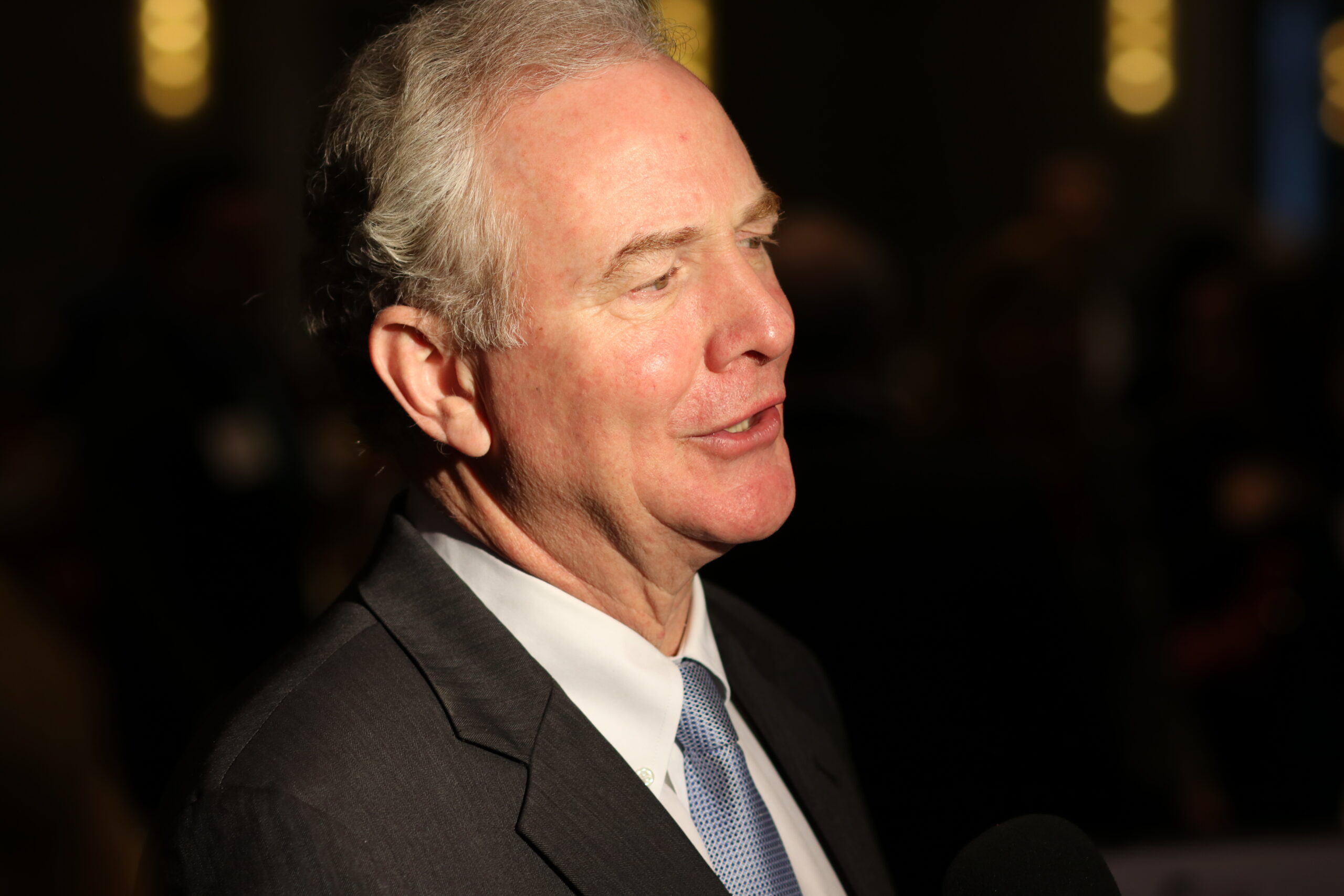
Members of the U.S. Senate are pushing for $4 billion in the next coronavirus relief package to help students in rural and low-income areas gain access to high speed internet.
A digital divide that emerged as a major problem when schools shut down amid the pandemic last spring has persisted into the new academic year, and advocates for funding say help is urgently needed for kids whose schools remain partly or entirely online. For many students, it’s not clear when schools will fully open again for in-person learning, with warnings of new outbreaks as flu season arrives.
“As the COVID-19 pandemic continues to threaten the health and safety of our children and our families, we must ensure students have the ability to learn from home,” Sen. Chris Van Hollen (D-Md.), who has been leading the push for additional funds and an expanded federal access program, said in a statement to Maryland Matters.
“But far too many children lack the equipment or the internet access they need — worsening the already present ‘homework gap’ into a full-blown ‘learning gap.’”
The last coronavirus package was signed in late March and focused on providing free COVID-19 tests, paid sick leave, expanded unemployment benefits, business loans, state and local aid and food programs for low-income families. The House, Senate and White House have been at odds for months over a new relief deal, though POLITICO reported Thursday that House Speaker Nancy Pelosi (D-Calif.) has directed her committee chairs to start work on a package.
Van Hollen and others are also pressing the Federal Communications Commission to take action on the learning gap.
The Marylander and nearly 40 other Senate Democrats sent a letter to FCC Chairman Ajit Pai last week urging the agency to allow broadband connection into students’ homes by expanding the E-Rate Program, which helps schools and libraries connect to the internet.
“The FCC has the power to help mitigate the impact of the coronavirus on our most vulnerable families,” they wrote. “We now urge you in the strongest possible terms to utilize this authority to provide internet connectivity and devices for children in need.”
Pai has argued that the program is specifically for classrooms, not students’ homes.
“We always have the discretion to waive our rules, for good cause shown,” Pai said during a June congressional hearing. “But we can’t waive a statute.”
Pai said that “the statute says specifically that services to classrooms is what the FCC can support through the E rate program.”
But Van Hollen argued that the FCC has the ability to expand the program without permission from Congress.
“The consequences are dire,” Van Hollen told Maryland Matters. “I urge the FCC to use their existing authorities to expand internet accessibility, and I will continue to push my Republican colleagues to provide desperately needed funds for these efforts.”
States are also asking the FCC to expand the E-rate program. Colorado’s attorney general petitioned the agency earlier this month to waive the classroom restriction so that schools could expand their broadband networks for online learning purposes for students who live in public housing.
“With schools limiting in-person instruction to reduce the spread of COVID-19 and mitigate the ongoing public health crisis, a waiver is necessary to provide students with the broadband internet connectivity they require to participate in virtual classroom education during the 2020-21 school year,” said the petition filed by Colorado Attorney General Philip J. Weiser (D).
Senators contend that the FCC’s decision to not expand the program will deepen the homework gap—the U.S. Congress Joint Economic Committee reported in September 2017 that more than 12 million children don’t have access to the internet at home for school assignments.
Just 61 percent of residents of rural America have access to broadband internet and remote Native American communities struggle the most, the report said.
Data from Common Sense Media, a non-profit that conducts media research, has shown that the number of kids lacking access is as high as 16 million.
“Now that learning is online, or will be shifting back and forth, you’re having a learning gap not just a homework gap,” said Amina Fazlullah, digital equity counsel at Common Sense Media.
Studies have shown that Black, Latino and low-income students are disproportionately affected. About 15 percent of households with school-aged kids don’t have access to high speed internet at home, according to a Pew Research Center study that analyzed the 2015 U.S. Census data.
“If you’re social distancing, you can’t go to a library, you can’t go to a computer center,” Fazlullah said. “It really changes that learning experience for a student who is at home with no internet access.”
Fazlullah said that the FCC should expand the E-rate program for a narrow purpose—to temporarily allow broadband access to students’ homes for the duration of the pandemic.
“The classroom is now in the home,” she said.




 Creative Commons Attribution
Creative Commons Attribution